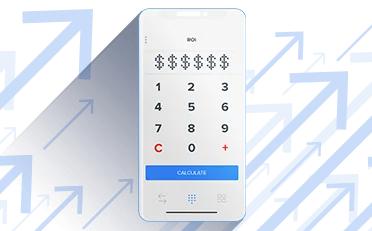Token-based authentication enables users to obtain a token that allows them to access a service and/or fetch a specific resource without using their username and password to authenticate every request. Because the token can be a self-contained entity that conveys all the required information for authenticating the request, it is often referred to as stateless authentication. In this case, the server side does not need to maintain the state of a user.
The authentication token is created by the authenticating service and contains information to identify a particular user and the token validity. The token itself is cryptographically signed to prevent tampering.
After the token is validated by the service, it is used to establish security context for the client, so the service can make authorization decisions or audit activity for successive user requests.
Common standards for token-based authentication include JSON Web Tokens (JWT) and Security Assertion Markup Language (SAML).
Passwordless MFA ROI Calculator:
Find your ROI from adopting Passwordless Authentication
Passwordless ROI Calculator

The Pros and Cons of Stateful Authentication
Stateful communication does come in handy for many of our online functions. There are instances where we would like our states to be remembered. When shopping online for example, after a user puts one item in his shopping cart, he doesn’t want it to disappear when he goes to another page to go choose another.
But stateful protocols do have their drawbacks as well.
Scalability:
The most obvious downside of stateful authentication is scalability. To keep track of session data, every individual session created needs to be maintained somewhere on the server. In a distributed system, even more server space is taken up as the session is shared between multiple nodes. When additional authentication servers are needed to support growth in services, users, or backups – those servers need to synced
Syncing the Cloud to On-Premise Identity:
Using a stateful authentication server means that identities now also reside in the cloud, and there are two identities managed by two directories; for example, one by Active Directory (on-premise) and one by AzureAD (Cloud).
The need to synchronize these identities can cause identity sprawl (AKA Directory Sprawl). Identity sprawl often arises when an application/system is not, or cannot be, integrated with the central directory service of the organization, resulting in the need to manage another set of user identities to support access to that application/system. Identity sprawl has been a problem for organizations adopting cloud services that operate a separate identity silo, which means users needed a separate identity for the cloud service.
The Security Factor
Because stateful communication stores login credentials, it runs the risk of those credentials being leaked, either through eavesdropping attacks such as Man in the Middle (MITM) or by a breach to the authentication server.
The Advantages of Stateless Authentication Cloud
Stateless authentication takes care of many of the downsides of stateful.
First off, stateless servers are infinitely easier to scale up, they are used as a gateway and do not store any credentials or identities making them easy to set up. They do not relay on synchronization with an on-premise identity provider (IDP) which removes the chance of identity sprawl.
Another advantage comes from a liability point of view, Stateful clouds contain sensitive (credentials and identities) information, which companies, especially in the financial and health care industry, would like to keep on premise, from a regulations point of view, stateless clouds are highly advantageous for compliance as the credential information never leaves the on premise server.
The use of purely on premise Identity Provider Servers is fading away with it the case for Stateless cloud servers is strengthen, choosing an authentication solution that harness stateless cloud architecture is not only a safer option it’s also a way to plan a head.
The Stateless, Passwordless Approach
When we designed our passwordless authentication solution, we designed it to bridge enterprises to the cloud, regardless to their current architecture our solution stateless authentication sever does not migrating identities to the cloud.
The combination of passwordless and stateless reduces the threats and costs associated with credentials while making sure identities are safely stored behind the security measures protecting the on premise IDP.
Learn more of Secret Double Octopus Passwordless Sing Sign On solution
